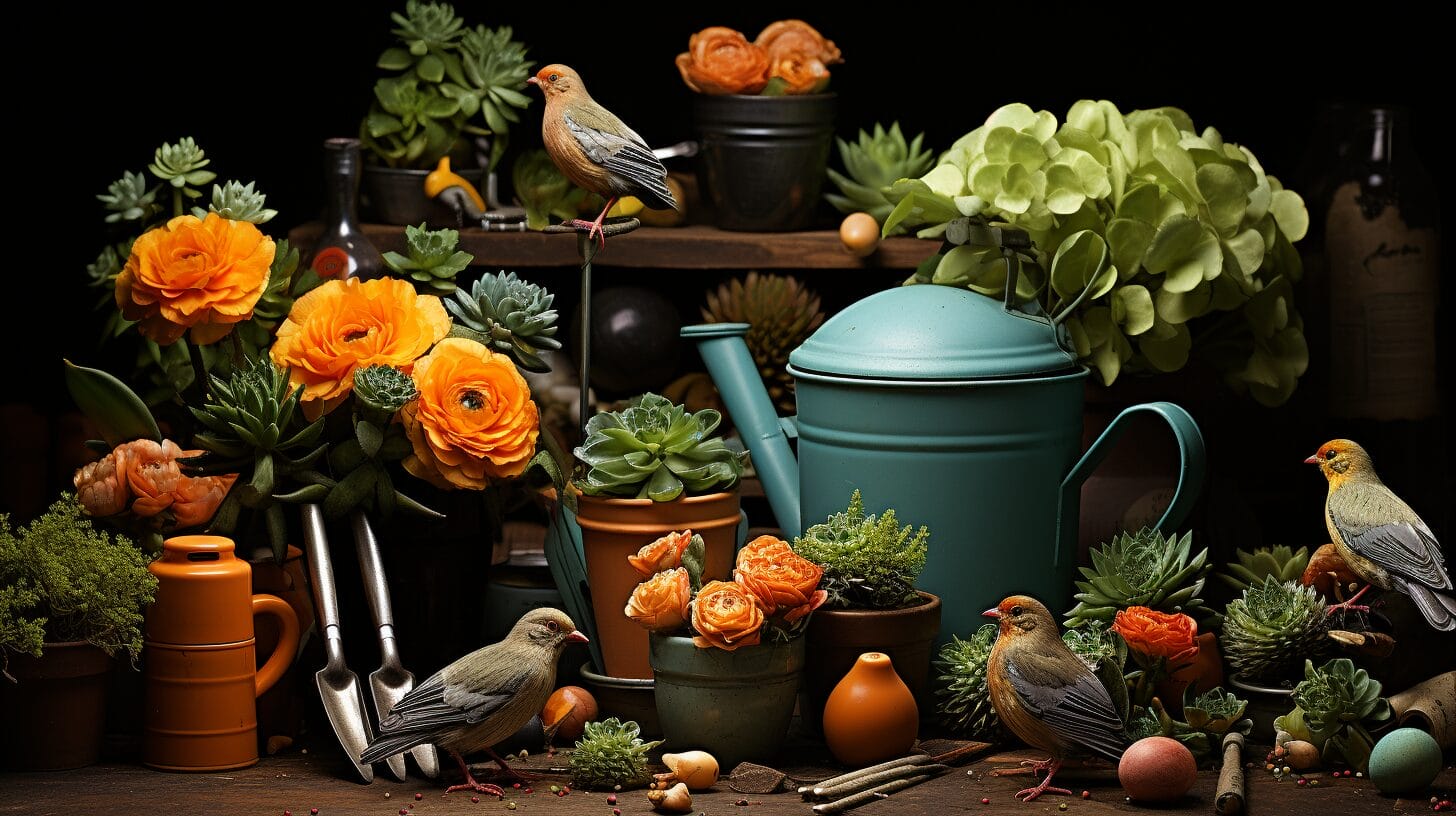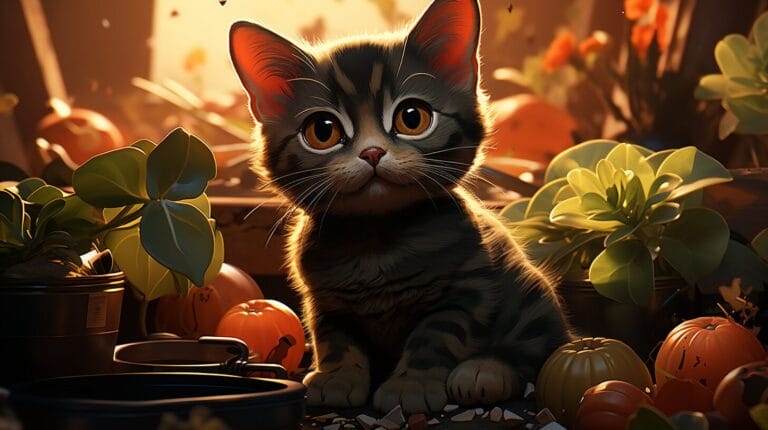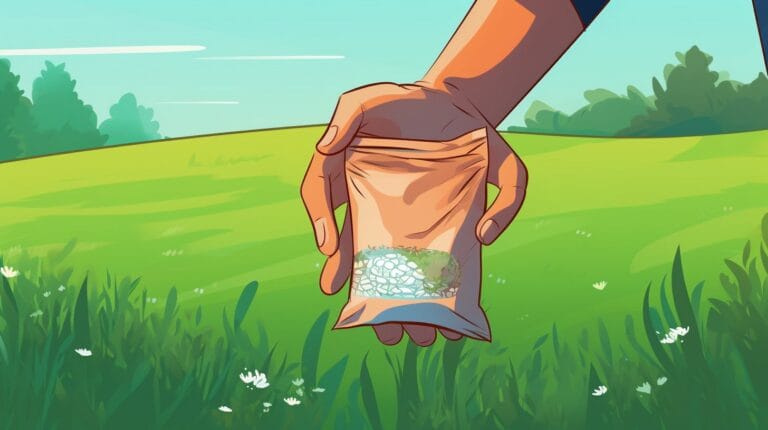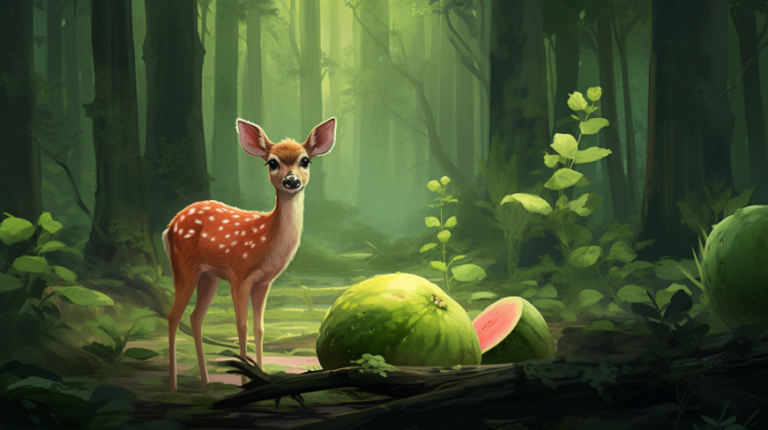During our gardening adventures, we have consistently been impressed by the tenacious nature and pleasing progress of the hen and chick plants, elegant succulents that demand little but give generously. We have delved into the complex aspects of nurturing these attractive plants and are eager to impart our knowledge to others who value their modest beauty.
Nurturing these unique succulents involves more than basic care; true thriving requires understanding their sunlight, soil health, and spreading space needs. Our guide lays out essential practices for vigorous hens and chicks along with common pitfalls.
What’s more, we’ll guide you through the rewarding process of propagation, ensuring that your garden will continue to grow and impress. Stay with us as we uncover the finer points of hen and chick care that could make all the difference in your succulent garden’s success.
Key Takeaways
- Hen and chick plants are succulent plants that are low-maintenance and drought-tolerant.
- They can survive in various climates and are suitable for both outdoor and indoor cultivation.
- Propagation methods include separating offsets, dividing larger rosettes, rooting leaf cuttings, and sowing seeds.
- Care and maintenance involve watering sparingly, fertilizing during the growing season, removing dead leaves and rosettes, and protecting from extreme temperatures and pests.
The World of Sempervivum: Understanding Hen and Chickens Flowers

Exploring the world of Sempervivum, we uncover the unique charm of hen and chick flowers, which bloom from these hardy and versatile succulents. Often admired for their resilience and ease of care, these plants reveal a lesser-known side when they produce flowers.
The flowering of sempervivum, or hen and chick plants, is a special event because they’re monocarpic, meaning they bloom once and then die. But don’t worry; before they pass, they leave behind a legacy of offsets, or ‘chicks,’ ensuring their survival.
Sempervivum flowers bloom on tall stalks above the main rosette when the succulent reaches maturity. The star-shaped blooms come in shades of pink, red, or yellow, presenting a striking contrast to the fleshy leaves.
Each sempervivum variety follows its timeline for producing these terminal flowers, from a few years to longer. The spectacular blooms mark the end of the plant’s life cycle, dying after flowering.
These flowering processes intrigue succulent growers, who admire sempervivum not just for their visual appeal but also their intricate life cycle journeys.
Optimal Growing Conditions for Your Hens and Chick Plants

To ensure your hens and chicks thrive, it’s crucial to provide them with the right balance of sunlight, well-draining soil, and careful watering. These succulents are known for their hardiness, but like any plant, they have specific needs that we must meet for optimal growth.
Here’s a straightforward list to help us visualize their ideal environment:
- Sunlight: Hens and chicks prefer full sun conditions, which means they should get at least 4-6 hours of direct sunlight each day. This helps them develop their rich colors and maintain their compact rosette shape.
- Soil: The key to success with these plants is well-draining soil. They can’t stand to have ‘wet feet,’ so we need to ensure that the soil provides excellent drainage to prevent root rot. A mixture of potting soil and coarse sand or perlite can create a suitable growing medium.
- Watering: We must resist the urge to overwater. It’s better to let the soil dry out completely between waterings. Overwatering can lead to a host of problems, including the dreaded root rot.
- Spacing: While it’s tempting to let these charming succulents snuggle close together, we must avoid the urge to overcrowd them. Adequate space between plants allows for air circulation and reduces the risk of pest infestations and fungal diseases.
Propagating Hens and Chicks: A Comprehensive Guide
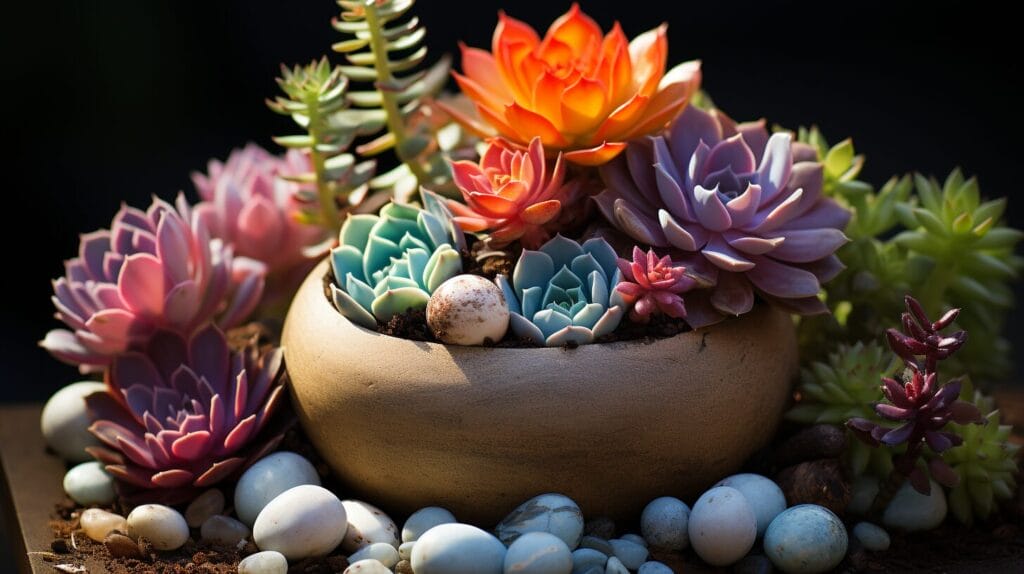
Having covered the optimal growing conditions for hens and chicks, let’s now focus on how we can propagate these robust succulents to expand our garden collections. Propagating hens and chicks is a straightforward process that involves separating the offsets from the mother plant.
Offsets, also known as “chicks,” grow at the base of the mother plant, commonly referred to as the “hen.” These offsets form their root system while still attached to the mother.
To propagate new plants, we carefully separate the offset from the mother hen when it has developed a sizable root system.
Here’s a simple table to guide you through the propagation steps:
| Step | Action |
|---|---|
| 1 | Wait for offsets to form a good root system |
| 2 | Gently twist the offset from the mother plant |
| 3 | Allow the offset to callous over for a day or two |
| 4 | Plant the offset in well-draining soil |
| 5 | Water sparingly and wait for growth |
Make sure to handle the offsets gently to avoid damaging the root system. Once you’ve separated them, it’s important to let the cut end callous over. This helps prevent rot and disease when you plant the offset in new soil.
Care and Maintenance of Your Hens and Chickens Houseplant
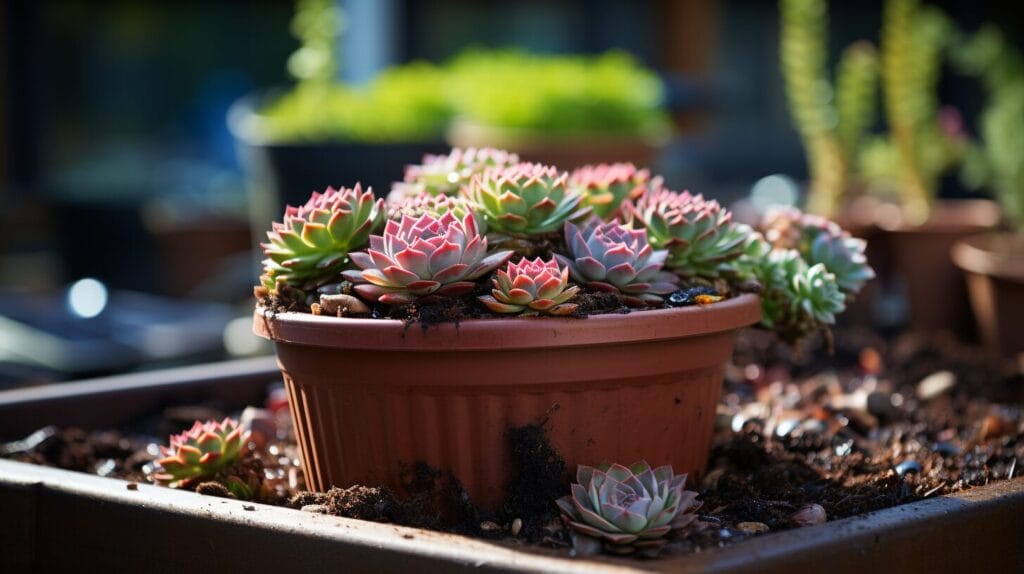
Regularly tending to your hens and chicks ensures these hardy succulents thrive, warding off pests and promoting vibrant blooms. As a succulent plant, they’re relatively low-maintenance, but there are a few care and maintenance steps we shouldn’t overlook, especially when growing them indoors.
Here’s what we need to keep in mind:
- Watering: We’ve got to be careful not to overwater our hens and chicks. These plants are drought-tolerant and susceptible to root rot if their roots sit in water for too long. We aim to let the soil dry out between waterings.
- Soil Conditions: It’s crucial to provide well-draining soil to prevent water from pooling around the roots. A cactus or succulent potting mix usually does the trick.
- Pest Control: Even the toughest plants can fall prey to pests. We keep an eye out for signs of mealybugs and aphids, which can be treated with insecticidal soap or neem oil.
- Sunlight Exposure: Hens and chicks flower beautifully when they get enough light. We make sure to place them in a spot where they can bask in at least 4-6 hours of direct sunlight daily.
Beyond the Garden: Hens and Chicks as Versatile Succulents
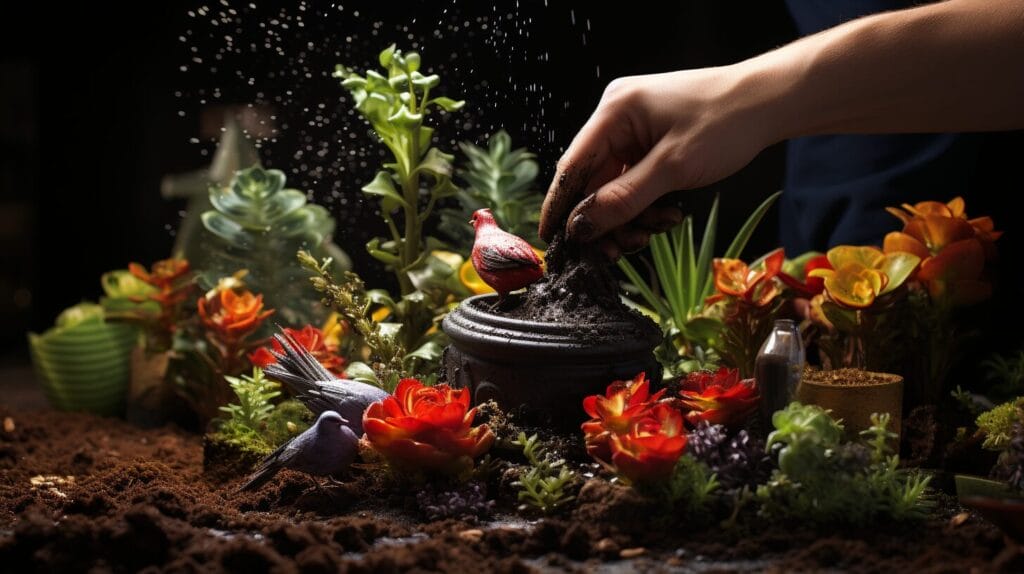
Hens and chicks’ adaptability extends beyond traditional garden settings, thriving equally as statement pieces in interior and landscape designs. We’ve seen how easily they grow outdoors, but as houseplants, they bring a touch of nature’s resilience into our homes.
When we place them in container gardens, these versatile succulents create eye-catching displays that can transform any indoor space.
Hens and chicks have the rare dual qualities of being both succulents and flowering plants. This versatility makes them uniquely suited for outdoor drought-resistant gardens and indoor spaces alike.
They adapt well to both sunny and dimly brightly lit areas. With minimal care needed and their rosettes able to form new little “chick” plants, hens and chicks make charming, propagating accents wherever they are incorporated.
Both aesthetically pleasing and functionally durable, these plants have become widely loved decor additions thanks to their combination of visual appeal and hardy resilience.
Can the Same Care Techniques for Hen and Chick Plants Help Control Creeping Charlie in Your Lawn?
Tackling creeping charlie weed in your lawn requires a different approach than caring for hen and chick plants. While both may benefit from well-drained soil and occasional pruning, creeping charlie calls for more aggressive measures like herbicide application and regular mowing to keep it in check.
Frequently Asked Questions
How Do You Take Care of a Hen and Chick Succulent?
We ensure our hen and chick succulents thrive by providing them plenty of sunlight, using well-draining soil, watering sparingly, and keeping an eye out for pests like aphids and mealybugs.
How Do You Start a Hen and Chick Plant?
We start a hen and chick plant by separating a chick from the mother plant, ensuring it has roots, and then planting it in well-draining soil with plenty of sunlight.
What Do You Do With Hen and Chick Plants in the Winter?
We protect our hen and chick plants in winter by providing adequate airflow, avoiding overwatering, and shielding them from frost, ensuring they stay healthy and ready for propagation come spring.
Conclusion
We’ve journeyed through the captivating world of hen and chick plants, uncovering the secrets to their care. Together, we’ve learned how to provide the perfect environment, propagate our succulents, and tackle any challenges that come our way.
As we continue to nurture these resilient beauties, we strengthen our community of gardeners. Let’s keep sharing our experiences, ensuring our hens and chicks flourish.
Here’s to growing not just plants, but a thriving, green-thumbed family!

